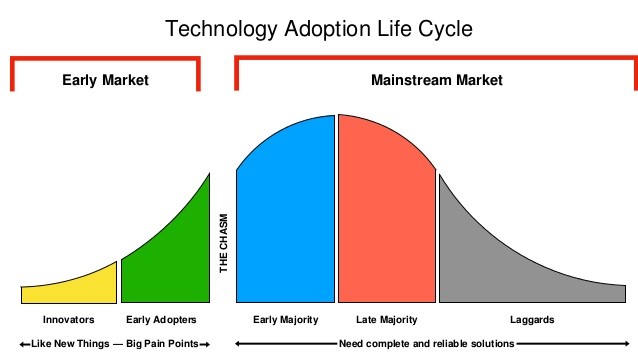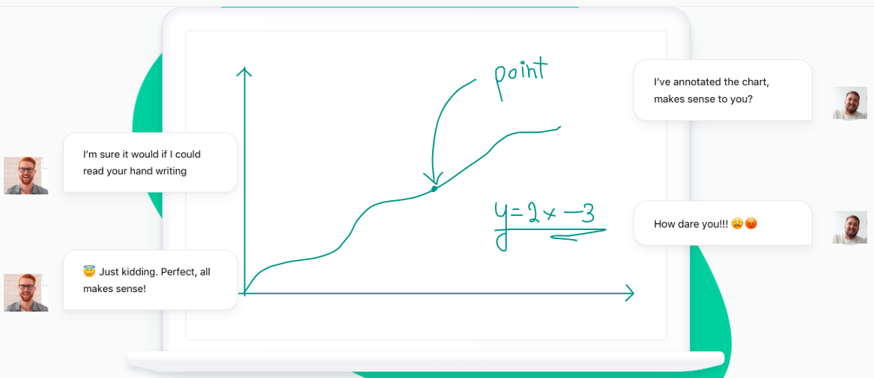
Usually, each new trend goes through a process of so-called diffusion, according to E. M. Rogers’ well-known innovation diffusion model. First, the trend is adopted by a small percentage of innovators, then by the so-called early followers. Eventually, enters the mainstream, when most of the society chooses it. The last few weeks #stayathome in terms of adaptation of trends is an utterly unusual period. The challenges of everyday life mean that many people had to learn immediately, e.g. online shopping or remote teaching, which means that they have entered a new role – in a given area shifted, e.g. from the “late majority” to “early” segment. Others have become innovators, e.g. by learning with the children a board which participants write in real-time (www.bitpaper.io) and adapting it at work or entrusting the kids’ education Facebook live transmission, during which the tutor dressed as astronauts “flies into space” and teaches about it (https://www.facebook.com/Astrohunters/).

What does this mean for marketers? Never before in history have we experienced a similar period of intensified diffusion of trends. This means, among other things, that some brands may not “recognize” their existing customers after the pandemic ends. The latter will be able to change their behaviour, entering new stages, e.g. using technological solutions. In turn, it gives brands a chance to reach out boldly for the next innovations.
Source: Crossing the Chasm: Marketing and Selling High-Tech Products to Mainstream Customers, Geoffrey A. Moore

